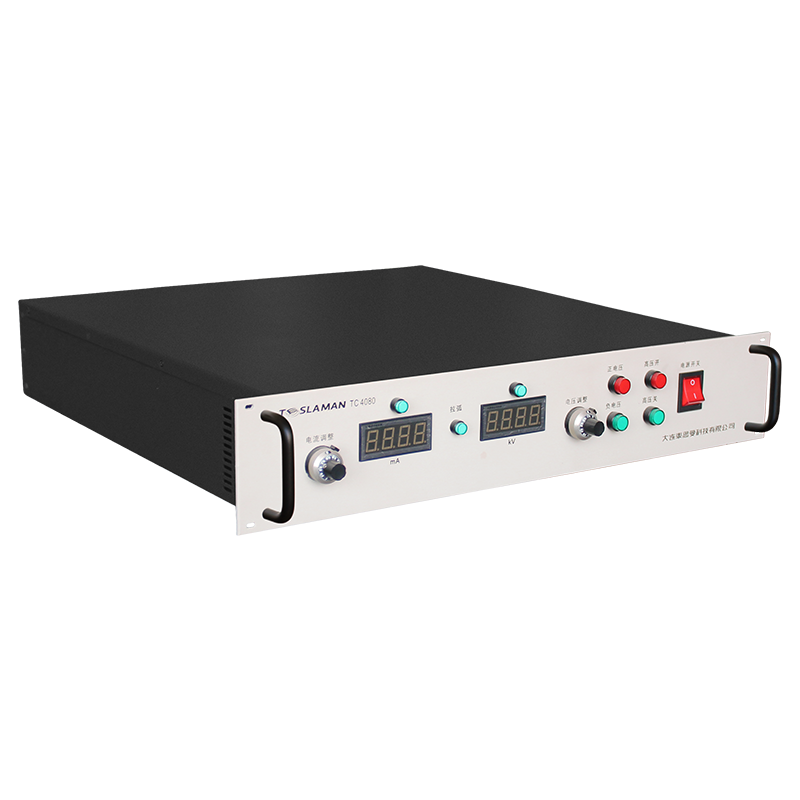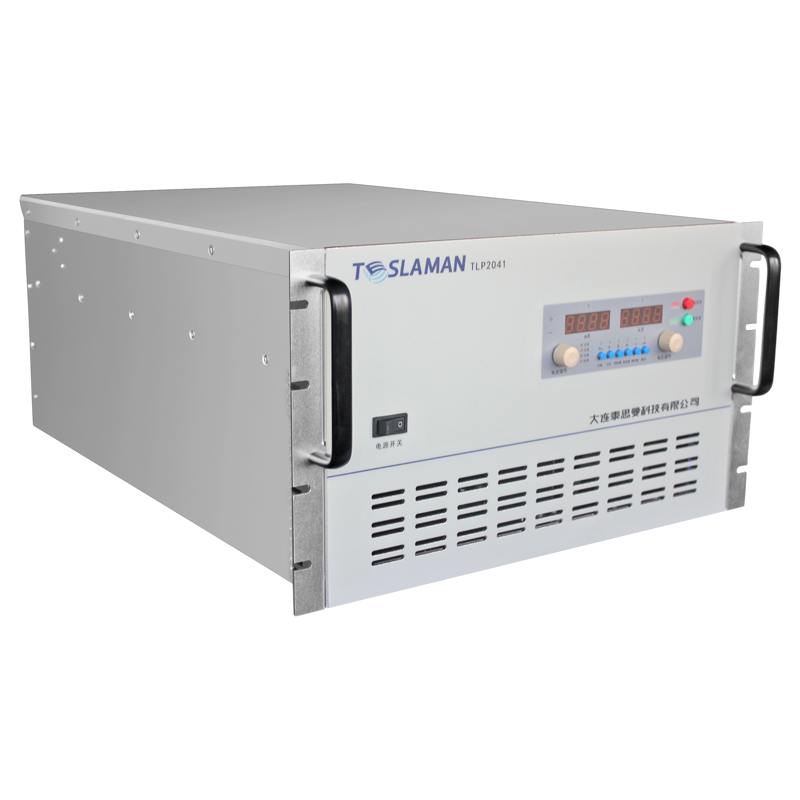Remote Monitoring Solution for Electron Microscope High-Voltage Power Supplies
As a core tool for nanoscale observation, the stability of an electron microscope's high-voltage power supply directly impacts imaging quality and equipment lifespan. Traditional manual inspections struggle to meet real-time demands, while an intelligent monitoring solution based on sensors, edge computing, and remote transmission enables multidimensional state management, significantly enhancing reliability.
1. Core Monitoring Architecture
• Data Acquisition Layer: High-precision voltage/current sensors (±0.05% accuracy), temperature sensors (response time <1s), and ripple detection modules are deployed at power output terminals. Sensors are placed away from electromagnetic interference zones and connected via shielded cables.
• Edge Processing Layer: Local control nodes using PLCs (Programmable Logic Controllers) or embedded microprocessors perform data preprocessing (e.g., filtering, normalization) and threshold checks (e.g., voltage fluctuations >1% trigger alarms), reducing redundant data transmission.
• Remote Application Layer: An embedded web server-based cloud platform supports TCP/IP communication. Users access real-time dashboards, historical trends, and alarm logs via browsers, and issue control commands (e.g., emergency shutdowns, voltage adjustments).
2. Key Technological Advances
• High-Precision Sensor Fusion: Differential voltage sensing suppresses common-mode noise, while temperature compensation algorithms eliminate environmental drift, ensuring μV-level ripple monitoring accuracy.
• Real-Time Transmission Optimization: Industrial Ethernet (EtherCAT or Profinet) guarantees <10ms data latency, with 4G/5G backup links ensuring critical alarms delivery during network outages.
• Intelligent Analysis Algorithms:
• Short-Term Fault Diagnosis: LSTM (Long Short-Term Memory) networks predict voltage trends to identify potential failures (e.g., capacitor aging-induced ripple increases).
• Long-Term Health Assessment: Historical data and operational models generate power supply lifespan reports, guiding preventive maintenance.
3. Implementation Benefits
• Enhanced Operational Safety: Remote power switching avoids human contact with kilovolt-level equipment; interlock mechanisms (e.g., control via interlock input pins) prevent mishandling.
• Reduced Maintenance Costs: Real-time monitoring slashes fault response time by 76% and maintenance costs by 42% in documented cases.
• Improved Research Efficiency: Microscope downtime decreases by 90%, enabling 72-hour continuous in situ experiments for dynamic material behavior studies.
Future Directions
Next-generation systems will integrate digital twin technology to create virtual replicas of power supplies throughout their lifecycle. Federated learning will enable cross-institutional data collaboration, advancing electron microscopes toward unmanned operation.




















